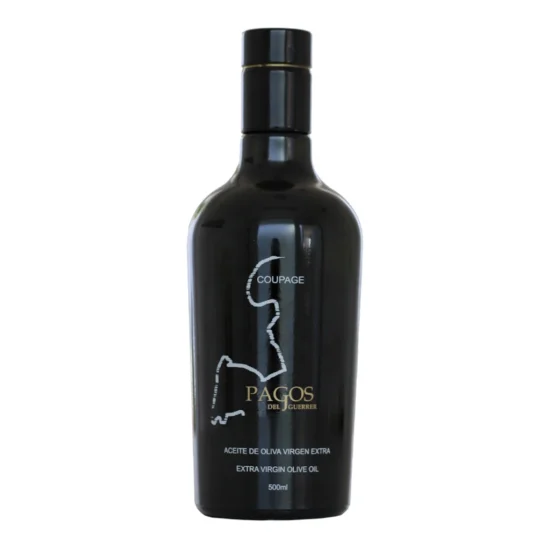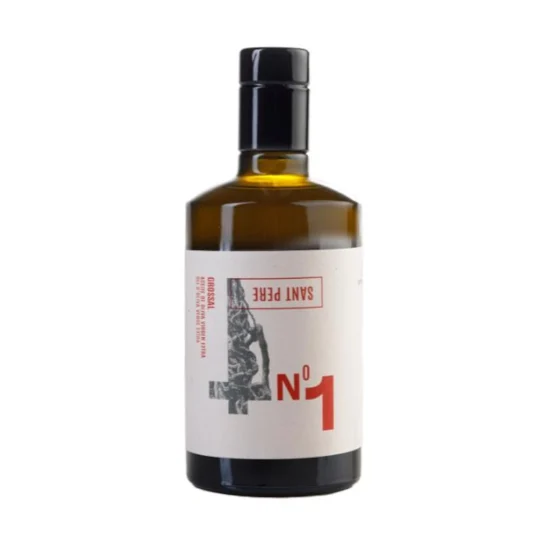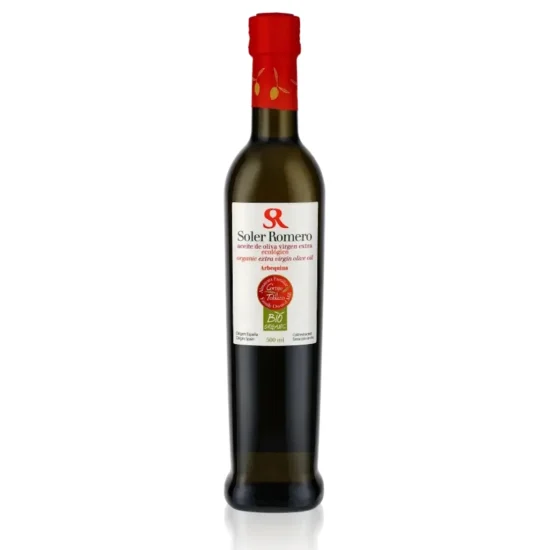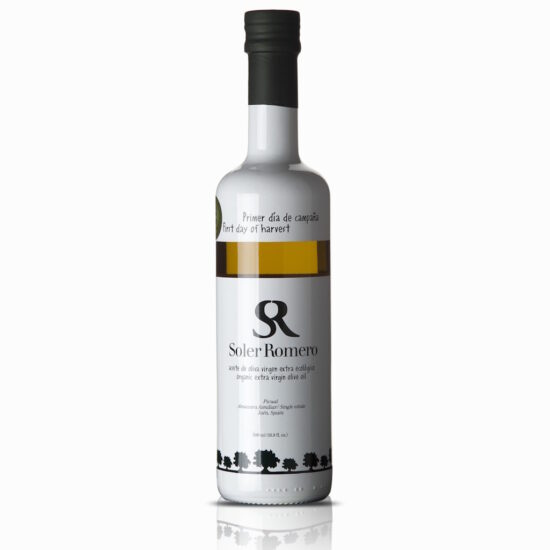We analyze the problems, risks, and some benefits of making olive oil 100% at home. No, this isn’t a joke. In just a few weeks, the rise of videos, tutorials, tips, and TikTokers on preparing homemade oil has transformed this idea into a major topic of conversation. And it’s understandable: people are worried, and the price of oil is skyrocketing!
Is it possible to make oil at home? Of course it is. A few days ago, we commented on this trend ourselves and explained that a grinder, a blender, or even a food processor like a Thermomix were all you needed to improvise a small oil press.
The process is simple: the olives are washed, the pits are removed, the flesh is crushed, kneaded, or beaten to break the water-oil emulsion. Then, using a cloth bag, the olives are pressed and the decanting process begins.
But in reality, it’s a laborious process, unhygienic, and, of course, extremely inefficient. The fact that in many rural areas, homemade wine is still made, but no oil, should already be a warning: without the right machinery, we’ll extract little oil, it will be expensive, and we risk it being of poor quality. Moreover, the savings are very relative.
Getting olives to their optimal stage for oil production will not be easy for most people. And if that’s the case, why decide to make it at home instead of taking them to an oil mill where the entire process will be carried out for us? This has been a common practice for years, even for producers with only a few olive trees.
But is it safe? One of the main indications that this practice is not widespread is the almost total lack of studies on the food safety of homemade oil. Theoretically, it shouldn’t pose a significant risk.
In general, olive oil can be consumed raw. However, in this case, it is recommended to pour it into a bottle or container, let it sit for several hours, and filter it to remove water, impurities, and sediment. Properly stored, it shouldn’t pose any major problems.
The problems are purely technological: this is an industrial process complex enough to be entrusted to professionals.
But what if we have olives at home? The other option is to prepare them. That is, to prepare them for consumption as table olives. This practice is common in many households.
In principle, and although some varieties are more suitable than others, all olives are suitable for both consumption and pressing. Ultimately, a table olive remains a preserved olive (processed to remove its bitterness), which means it can develop the same problems as any preserve. Therefore, great care must be taken.
There are many processing methods, but the preferred method is lactic fermentation, which makes them edible. In this context, the use of caustic soda (or a lack of rigorous control over the fermentation process) can lead to health problems.
There are hundreds of different recipes on the internet, largely due to the fact that each region traditionally had its own preparation method. The important thing, in any case, is to follow the instructions carefully and, if in doubt, avoid eating the prepared olives.
Important Note: aceitedelcampo.com promotes the consumption of extra virgin olive oil for its culinary qualities and health benefits. However, no medication or current treatment should be replaced without the guidance of a healthcare professional.




ALZAYT EXPORT SL
info@aceitedelcampo.com
C/ Eduardo Bosca 19, 2-5
46023 Valencia
Subscribe and receive a coupon by email for your next purchase.